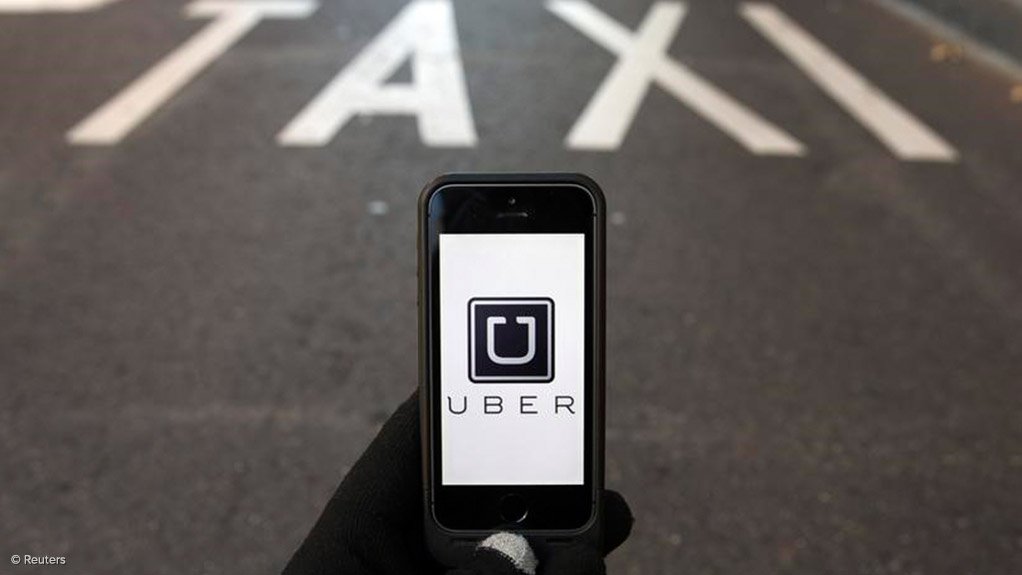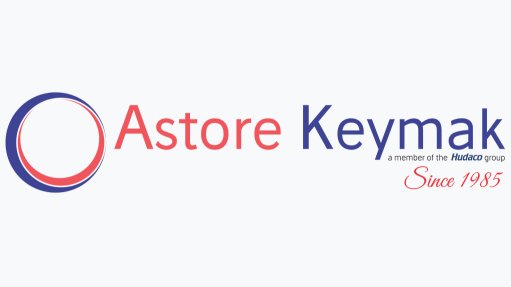Ride-hailing kilometres predicted to grow dramatically to 2030
Today, ride-hailing accounts for 4% of all miles driven globally. By 2030 it will be 25%, says Uber Technologies public policy head Yolisa Kani.
In South Africa, Uber has proven most popular when people spend an evening out.
Kani says a South African rider-use case study has indicated that 62% of male users employ the ride-hailing service when going out at night, as opposed to 58% of women.
The second most popular use is to travel to transport hubs, with 54% of male and female users taking an Uber taxi to travel to destinations such as airports or Gautrain stations.
Around 39% of male Uber users in South Africa employ the ride-hailing service to travel to work, as opposed to 42% of women. Around 37% of males use Uber to go shopping, with 44% of women Uber clients travelling to shopping malls using the app.
Another popular Uber use is to visit relatives and friends, at 35% male and 36% female clients, respectively.
Kani says it is clear that Uber’s drivers are the busiest during off-peak periods and at weekends.
She says 35% of women riders says ride-hailing allows them to be more independent.
Uber operates in 11 cities in six countries in sub-Saharan Africa.
More Predictions
Kani delivered a prediction paper on the future of mobility at the Mobility Centre for Africa round table held in Ekurhuleni, in April.
In his paper, Intelligent Transport Society of South Africa CEO Dr Paul Vorster noted that there will be no smart mobility without smart parking.
He says mobility-as-a-service (Maas) practitioners are often focused on the trips generated in a smart transport system, either by car, public transport, or ride hailing, for example, while very little attention is paid to where and how these vehicles – private and public transport vehicles – should be parked during off-peak periods.
Underground park-and-ride solutions are one option, where vehicles are stacked and retrieved automatically on the outskirts of the city’s business hubs, leaving the owner to transfer to public transport, or to retrieve the vehicle as soon as it is required.
Vorster warns that parking for cars will remain a critical element in the mobility value chain in the foreseeable future.
He adds that the unavailability of parking at places of work or leisure could be used to fuel a change towards public transport.
Vorster says an INRIX study has found that parking related costs in 2017 contributed roughly 30% of the total cost of driving in the US, the UK and Germany.
RoyalHaskoningDHV transport and planning strategic business development director Manfred Uken predicts that the Internet and virtual reality will largely replace the need for work-related mobility, and that traveling in the future will essentially be restricted to goods transport and leisure.
Or, in other words: up to 50% of the workforce will work from home by 2055.
Uken says trends that support his prediction include developments in virtual reality, advances in connectivity, traffic fatigue, time pressure and demands for increased efficiency.
Working against this prediction is the human spirit that requires contact, ill discipline, the love of car ownership, managers wanting control and possible reduced collaboration.
Article Enquiry
Email Article
Save Article
Feedback
To advertise email advertising@creamermedia.co.za or click here
Comments
Press Office
Announcements
What's On
Subscribe to improve your user experience...
Option 1 (equivalent of R125 a month):
Receive a weekly copy of Creamer Media's Engineering News & Mining Weekly magazine
(print copy for those in South Africa and e-magazine for those outside of South Africa)
Receive daily email newsletters
Access to full search results
Access archive of magazine back copies
Access to Projects in Progress
Access to ONE Research Report of your choice in PDF format
Option 2 (equivalent of R375 a month):
All benefits from Option 1
PLUS
Access to Creamer Media's Research Channel Africa for ALL Research Reports, in PDF format, on various industrial and mining sectors
including Electricity; Water; Energy Transition; Hydrogen; Roads, Rail and Ports; Coal; Gold; Platinum; Battery Metals; etc.
Already a subscriber?
Forgotten your password?
Receive weekly copy of Creamer Media's Engineering News & Mining Weekly magazine (print copy for those in South Africa and e-magazine for those outside of South Africa)
➕
Recieve daily email newsletters
➕
Access to full search results
➕
Access archive of magazine back copies
➕
Access to Projects in Progress
➕
Access to ONE Research Report of your choice in PDF format
RESEARCH CHANNEL AFRICA
R4500 (equivalent of R375 a month)
SUBSCRIBEAll benefits from Option 1
➕
Access to Creamer Media's Research Channel Africa for ALL Research Reports on various industrial and mining sectors, in PDF format, including on:
Electricity
➕
Water
➕
Energy Transition
➕
Hydrogen
➕
Roads, Rail and Ports
➕
Coal
➕
Gold
➕
Platinum
➕
Battery Metals
➕
etc.
Receive all benefits from Option 1 or Option 2 delivered to numerous people at your company
➕
Multiple User names and Passwords for simultaneous log-ins
➕
Intranet integration access to all in your organisation

















